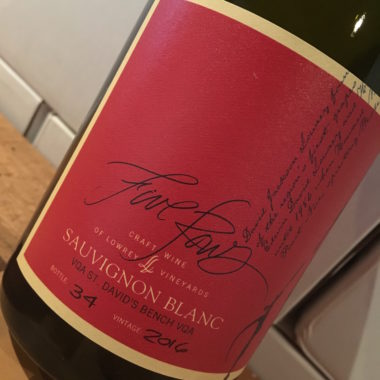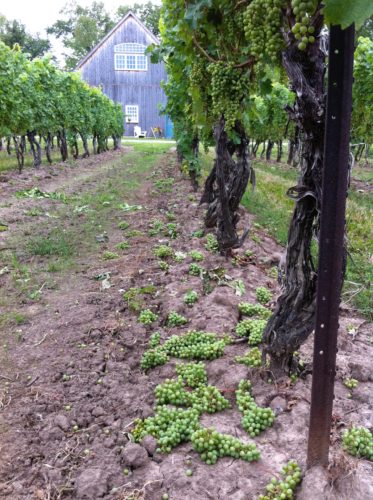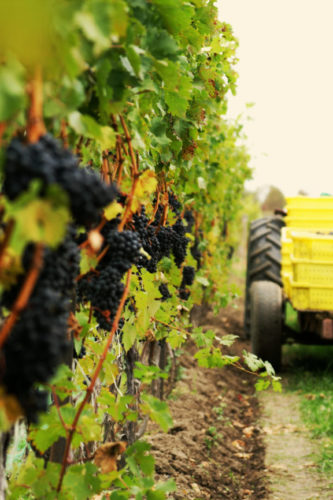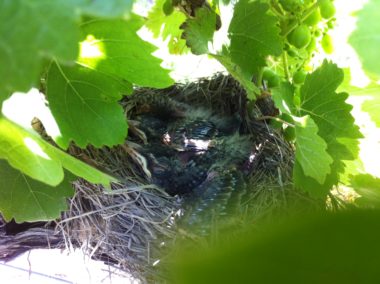For generations now, all major accomplishments on the Lowrey farm have been accompanied with the wave of a hat and a boisterous cry of, “Wahooooo!!”. Whether it was planting our first field of Pinot Noir or harvesting our last crop of plums, I fondly recall my Grandfather doing this on numerous occasions. As the years went on, the ‘Wahoo’ rallying cry crept slowly into everyday life, and could be heard over multiple St. David’s phone exchanges following Joe Carter home runs and Doug Gilmour OT winners. With pride and nostalgia, I now channel his unabashed joy at the end of a long harvest.
Winemakers know that the real end of vintage cannot be marked until the last of the reds are pressed and racked to barrel. It is only then that the true celebrating and reflecting begins. This can be difficult for the grape grower turned winery owner who is more accustomed to throwing a hat in the air as the last cluster of Cabernet Sauvignon is cut from the vine. We’ll give Howie a pass here, because he worked so hard to keep the hungry birds at bay until the not-so-bitter end.
As the last days of August gloomily came and went, it became apparent that some kind of miracle would be required to ripen the later varietals in 2017. The collective mood around the industry was grim, to the point where I actually started to make alternative arrangements in case the Syrah and Cab Sauv did not pan out. None of us knew it at the time, but the late season heat wave that we had all but written off was slowly making its way across the prairies.
A wet summer had fattened up clusters to the point where early varietal yields were up nearly 20% across the board – surprisingly not at the expense of fruit quality. The September heat arrived at the perfect time to kick ripening into gear, validating the old adage that a stellar Fall can save any vintage. The Sauv Blanc and Pinot Gris came in clean and full of flavour, with the luxury of good natural acidity. The Pinot Noir and Riesling required painstaking botrytis control, but we managed to get them off just prior to a biblical deluge of rain.
After dodging our own mini-hurricane season and a few brushes with October frost, Vintage 2017 came to a pleasing denouement. Cabernet Sauvignon and Syrah berries began to desiccate and concentrate in mid-October and the vines held foliage well into November, allowing for as late a harvest as was desired. Wilma aptly noted, while we brought in the last of the Cab, that it seemed like we had favourable weather on every picking date this year – and she couldn’t recall that ever happening before.
That might just be worthy of a Wahoo!




